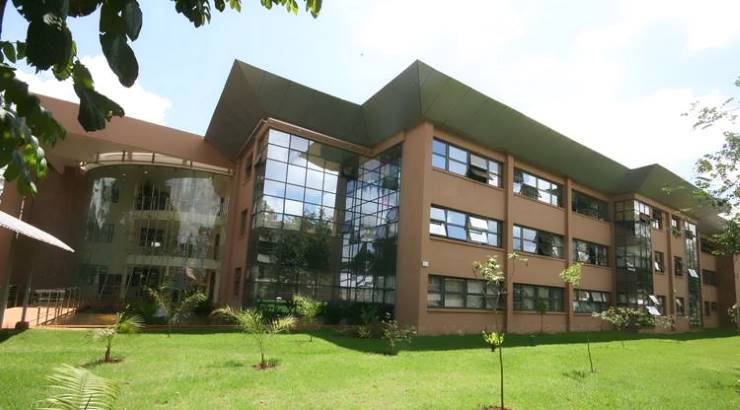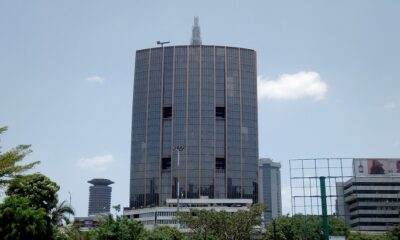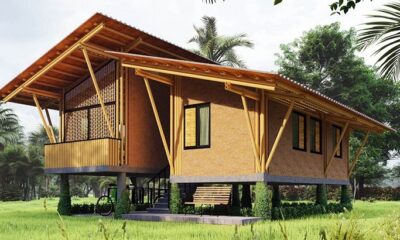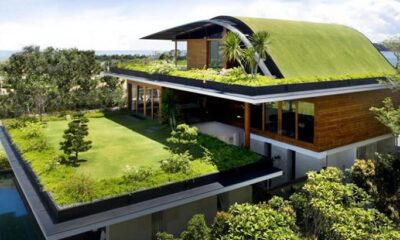Green Building
UN Office Complex in Nairobi Sets Pace for Green Economy
The new building generates as much solar power as it consumes over the year.

The new eco-friendly United Nations (UN) office building in Nairobi is a major step towards achieving a green economy.
The solar-energy powered office complex, located at UN headquarters in Gigiri – about 9.7km from the Nairobi city centre – is energy neutral, meaning it generates as much solar power as it consumes over the year. It is the first of its kind for the UN in Africa.
“This facility embodies the new, green economy that can usher in a cleaner future, create jobs and spur economic growth,” said UN Secretary-General Ban Ki-moon during the official opening of the complex on Thursday.
The three-storey UN green building has been designed as a model of green architecture in Africa and is said to be the first solar energy powered UN office complex in the world.
The complex boasts Africa’s largest on roof photovoltaic solar panel. It consists of four buildings that can hold 1,200 staff.
The UN green building features automated low-energy lighting for workspaces, energy-efficient computers and water-saving lavatories. Rainwater is harvested from the roofs to be used at the fountains and ponds at the four entrances.
The sewage of the facility is also treated in an advanced aeration system and recycled for watering the compound. The building also features 6, 000 sq m of solar panels and environmentally neutral paint.
A central atrium is featured within the complex and makes maximum use of natural light. Each office area has a translucent roof panel made of toughened glass, allowing natural light to penetrate down to the ground floor.
The facility also uses low-energy bulbs and light detection controllers, which are expected to provide savings of up to 70 per cent on lighting costs.
The photovoltaic panels on the roof generate enough power to run computers, lights, cafeterias and other areas of the new building.












